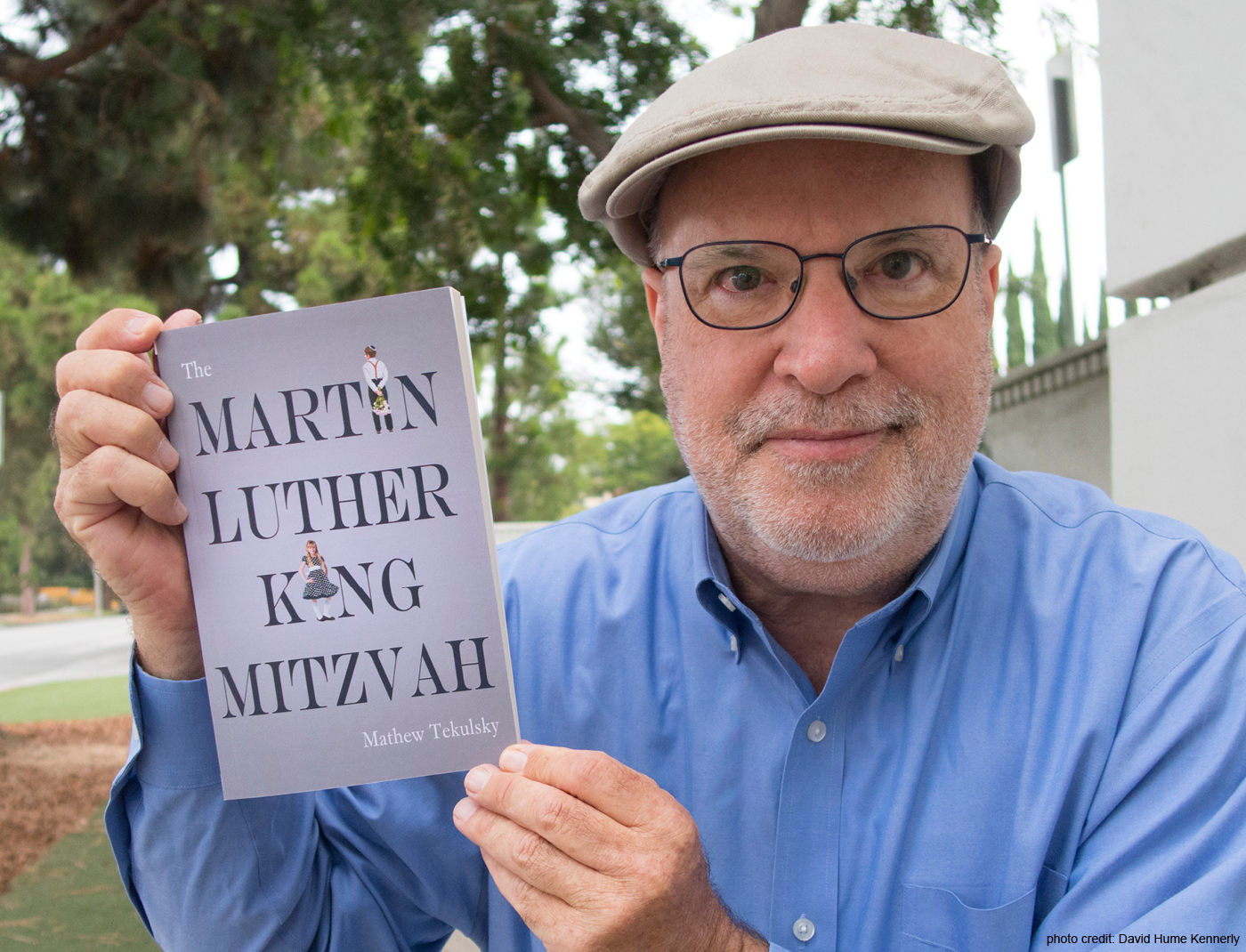I Watch an Allen’s Hummingbird Chick Grow Up: Part 2
I had been watching an Allen’s Hummingbird chick for a week now, ever since it hatched on April 30, 2004. On Days 8, 9, and 10, the hummingbird’s primary and secondary sheaths grew from tiny stubs to projections that actually looked like the beginnings of feathers. Meanwhile, its orange beak became longer and more pointed, and it developed a black tip. In addition, on the bird’s back, tiny white pinfeathers began emerging from the sheaths that held them.
The female flew in from time to time, and at the sound of the mother’s wing buzz and sharp chipping sounds, the chick became animated and stuck its beak up in order to receive food. After the mother left, I stood on a stool and photographed the chick with its gaping mouth, which presented a large, heart-shaped orange profile against the black of the chick’s body and the white color of the nest lining. The mother could hardly miss it.
Occasionally, the mother would perch patiently on a bird of paradise or a juniper in the courtyard and wait for me to retreat from the nest before she flew in for a feeding session. Her patience paid off, because by Day 11, the little chick was three times the size of the unhatched egg that lay next to it. (By now, it was clear that this egg would never hatch, but the female never discarded it from the nest.)
The mother still spent long periods of time sitting on the nest, and the chick spent almost all of its time sleeping—as would a human baby at this stage of its development. Sometimes, the chick would curl up and lay its beak on the inside rim of the nest, exposing the forklike projections of its secondary feather sheaths, which lay on top of those of the primaries.
The chick was beginning to look more and more like a bird, and it would now stretch its entire head out of the nest in anticipation of the mother’s arrival. Then the head would gradually lower itself into the nest as the chick realized that it was a false alarm.
By Day 12, the chick’s nostrils were prominently displayed on its face, and the pinfeathers on its back were starting to show a rufous color. However, you could still see large patches of pinkish skin between the feather sheaths. At one point on this day, sensing the arrival of the mother, the tiny bird raised its head, shoulders, and still-forming wing above the rim of the nest—and it looked right at me! Was it conscious of my presence? Probably. It seemed to sigh, and then it lowered itself back into the nest.
By the next day, the chick encompassed almost the entire inside of the nest (about 1½ inches), and you could hardly see the unhatched egg (about ½ inch long) by its side. The mother arrived for a feeding session and spent a good two to three minutes jamming regurgitated food down the chick’s throat as she stood on the rim of the nest and occasionally sat on it. The chick, as usual, went right back to sleep after feeding.
Over the next few days, the chick got larger and larger, until it took up the entire nest. Its feather sheaths reflected light back at the camera and looked like a coat of white pine needles. Then, on Day 17, I noticed something amazing. Extending out of the tips of the primary and secondary feather sheaths were the tips of real feathers, growing like fingernails! The body feathers growing from the sheaths on the bird’s back revealed the first hints of iridescent green mixed with the rufous color.
When I arrived at the nest on Day 18, there was a real bird staring up at me from its cozy bed. The unhatched egg was underneath the chick’s body, which pressed against the sides of the nest, and only one small patch of skin was visible between the sheaths, as the empty spaces were now filled in with the myriad feathers that had exploded suddenly out of these sockets. My goodness, I thought to myself. This bird may survive after all!
At this point, the chick’s bill was black from the midpoint to the tip, and on the top of the upper mandible as well. The rest of the bill was still orange—but it was now equal to the length of the bird’s crown.
There was now a group of seven tail feathers just pushing out of their sheaths and extending over the edge of the nest. The primaries (still forging their way out of their sheaths) now curled around the bird’s rump and pressed up against the rear of the nest.
Hard as it was to believe, it wouldn’t be long before this bird started to fly.
(End of Part Two)



